T-Bone Car Accident in NYC, Who is responsible?

T-Bone Car Accident in New York City, who is at fault? We’ve all heard the phrase “T-bone car accident,” but many of us have legitimate questions about what it actually means. T-bone collisions, also known as side collisions or angle collisions, frequently but not always happen at intersections.
If you were to observe the situation from above, the two cars that would be involved in a left turn accident with an oncoming vehicle would resemble the letter “T.” That, in essence, is the definition of a T-bone automobile accident.
The majority of traffic accidents in New York City, like the rest of the state, take place at intersections when a car takes a turn. Nearly 22% of fatal incidents and 40% of all crashes in the country occur at intersections.
Who is at responsibility in a T-bone collision is a crucial question. It makes sense to seek the assistance of an accomplished lawyer to help you establish your case. But in the interim, keep reading this blog post for insightful information on the subject.
Read More: How to Request an Accident Report
SCENARIOS OF USUAL T-BONE ACCIDENTS IN NEW YORK CITY
T-Bone Car Accident in New York City: The typical scenario for a T-bone collision at an intersection is one of the following: either a car ignores a stop sign or red light by proceeding through it, or a car turns left into oncoming traffic and is struck by it or collides with another vehicle.
Usually, the driver in these circumstances underestimated the speed or the actual distance of the approaching vehicle. Additionally, the driver might have been careless in the following ways:
1. Not fully verifying that the coast was clear before turning.
2. Turning without giving oncoming traffic a clear, thorough view.
3. Being sidetracked, among other things, by their phone, the radio, or another passenger.
4. Driving while under the influence of drugs or alcohol, which are known to impair judgement and rapid thinking.
5. Driving too fast makes it more difficult to halt and change your course.
6. Not signaling a turn when changing lanes or merging inappropriately
7. There are numerous ways to induce a T-bone collision. Next, what? identifying the responsible party.
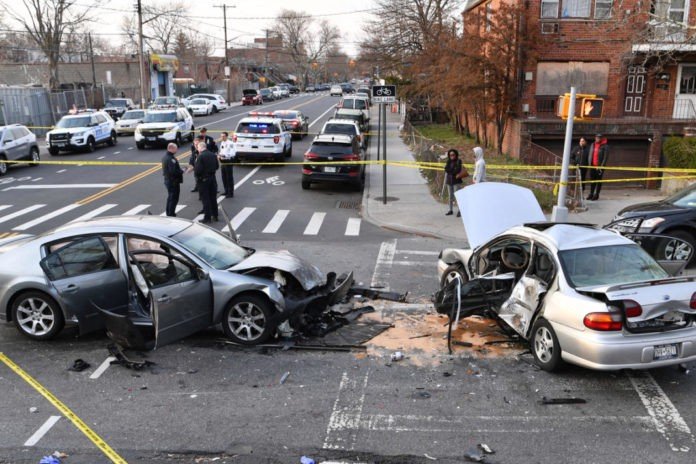
WHO COULD BE LIABLE FOR A T-BONE CAR ACCIDENT IN NEW YORK?
You might be eligible to compensation from the at-fault party for any injuries or property damage you sustained in a T-bone auto collision. You will need to provide proof that they were at fault in order to accomplish that. An adept lawyer will understand just how to establish liability in a T-bone collision.
T-Bone Car Accident in New York City, images captured by red-light cameras at busy intersections are an excellent location to start looking for proof. These cameras capture images of the driver and the red traffic light both before and after they enter the intersection when a driver runs a red light.
In order to determine whether speeding, reckless driving, or distracted driving contributed to the accident, your lawyer will also review the police record, the statements of the drivers, and the testimony of witnesses. Security footage from nearby commercial establishments or even private residences may also be relevant to your case.
T-Bone Car Accident in New York City can have happened for a variety of reasons, including the weather and the state of the roads. For instance, an unfilled pothole or a broken traffic light may indicate that the local authority in charge of maintaining the roads is responsible in some way.
Potential information gold mines include credit card data, social media posts, and even the drivers’ cell phone records.
Your attorney will also examine the police report, the statements of the drivers, and the evidence of witnesses to establish whether speeding, careless driving, or distracted driving played a role in the collision. You could also want to consider security footage from local businesses or even private households.
There are several potential causes of an accident, including the climate and the condition of the roadways. For instance, a traffic light that isn’t working or a pothole that hasn’t been repaired may be signs that the local agency in charge of road maintenance is somehow at fault.
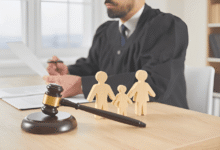
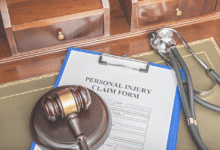
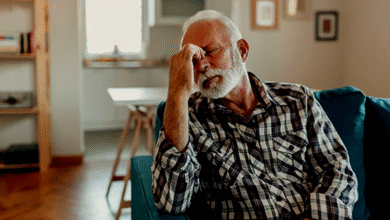

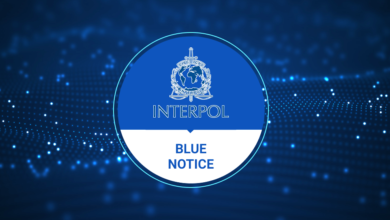

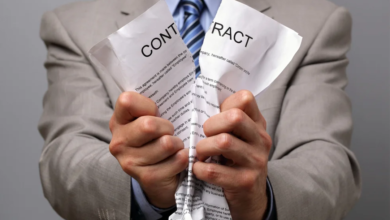

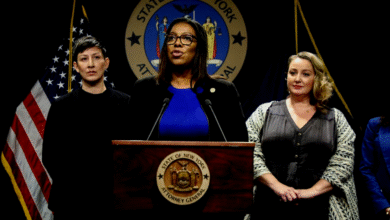



3 Comments